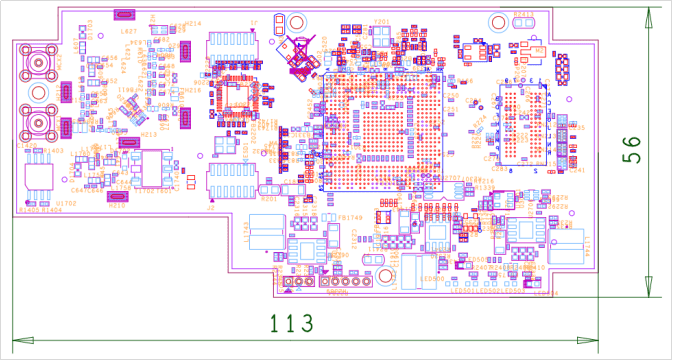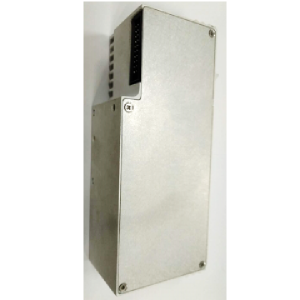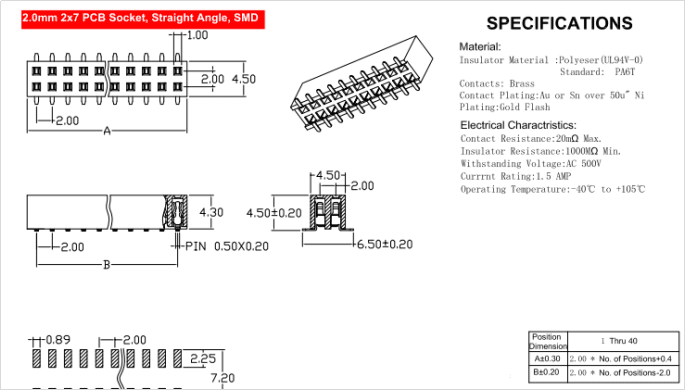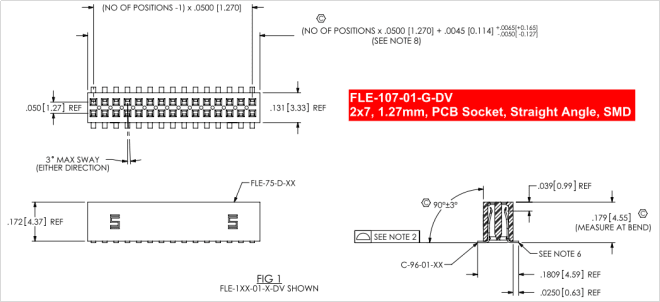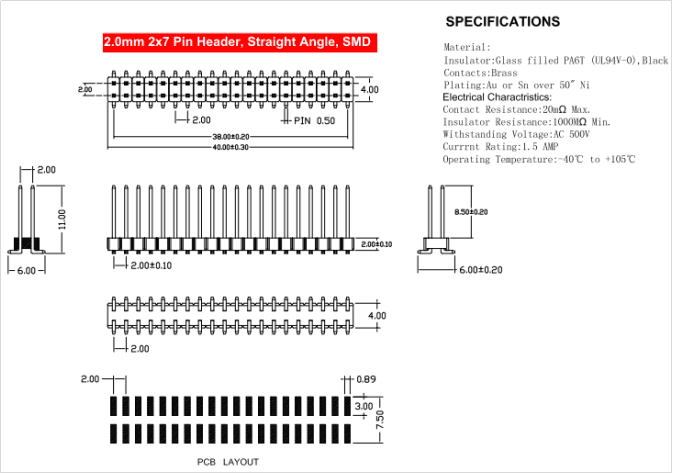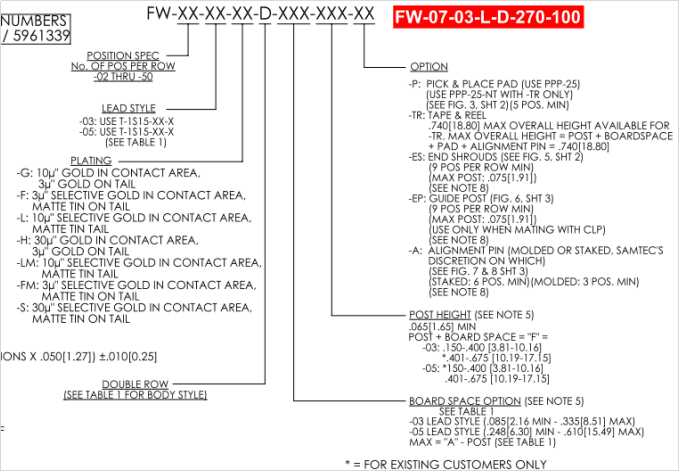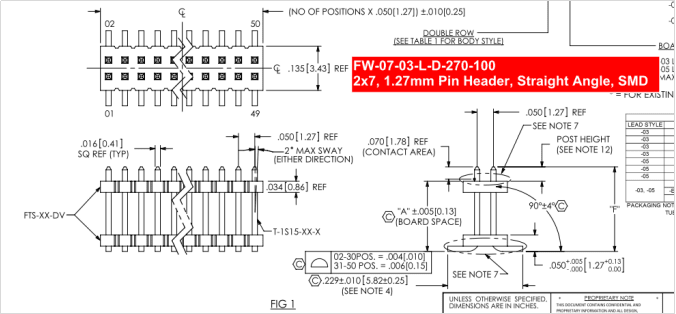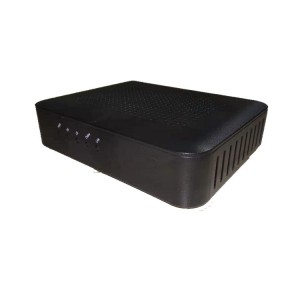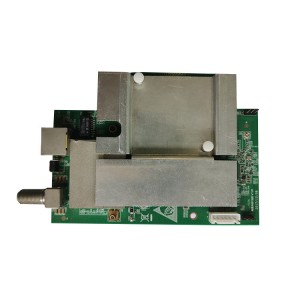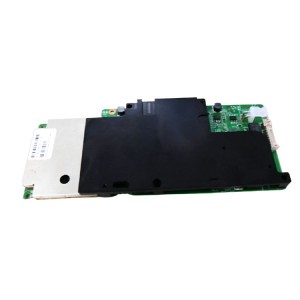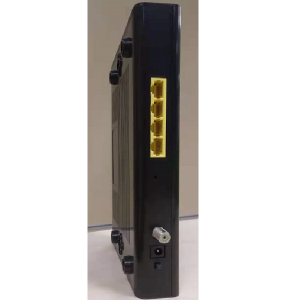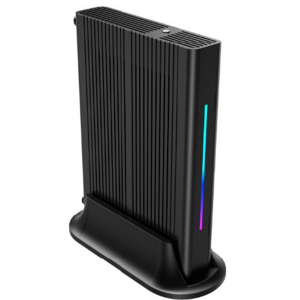Fiber Node Transponder, SA120IE
Short Description:
This product specification covers DOCSIS® and EuroDOCSIS® 3.0 versions of the Embedded Cable Modem Module series of products. Throughput this document, it will be referred as SA120IE.The SA120IE is temperature hardened for integration in other products that are required to operate in the outdoor or extreme temperature environment. Based on Full Band Capture (FBC) function, SA120IE is not only a Cable Modem, but also it can be used as a Spectrum Analyzer (SSA-Splendidtel Spectrum Analyzer). Heatsink is mandatory and application specific. Three PCB holes are provided around the CPU, so that a heatsinking bracket or similar device can be affixed to the PCB, to transfer the generated heat away from the CPU and towards the housing and environment.
Product Detail
Product Tags
Cable Modem Features
▶DOCSIS/EURODOCSIS 1.1/2.0/3.0, Channel bonding: 8*4
▶Two MCX (Female) connectors for Downstream and Upstream
▶Provide two-Port Giga Ethernet MDI Signals to target board (Digital Board) through J1 & J2
▶Get DC Power Supply from Target Board by use of J2
▶Standalone External Watchdog
▶Temperature sensor on board
▶Small size (dimensions): 113mm x 56mm
▶Accurate RF power level 2dB at all temperature range
▶FBC for Spectrum Analyzer, integrated Splendidtel Spectrum Analyzer (SSA)
▶Support Low Power Mode and Full Function Mode Switchable
SW Features
▶DOCSIS®/Euro-DOCSIS® HFC environment auto detection
▶UART/I2C/SPI/GPIO driver customization for various devices monitoring. Such as Fiber node, Power Supply, RF Amplifier
▶Docsis MIBs / Any other customized MIB support
▶Open system API and data structure for 3rd party application’s access
▶Low power signal detection. Signal lower than -40dBmV will be represented with built-in Spectrum Analyzer
▶CM MIB Files are open for customers
▶CM management Web GUI is available on WAN or LAN
▶MSO can reboot the CM remotely via Telnet or SNMP
▶Switchable between Bridge and Router mode
▶Supports DOCSIS device upgrade MIB
System Block
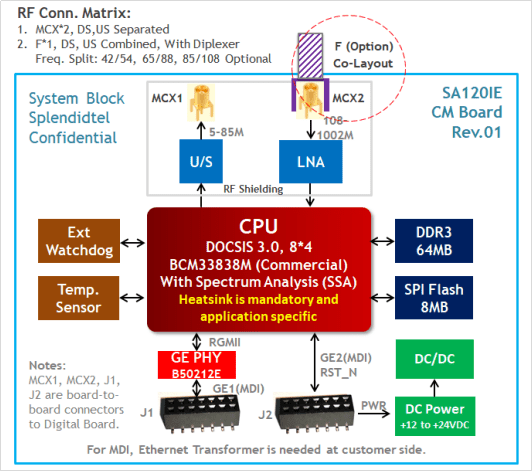
External Watchdog
An external watchdog is used to make sure the system’s operation reliably. Watchdog is kicked by the
Firmware every once in a while, so that the CM does not reset. If there’s something wrong with the CM
Firmware, then after a certain period (watchdog time), the CM will reset automatically.
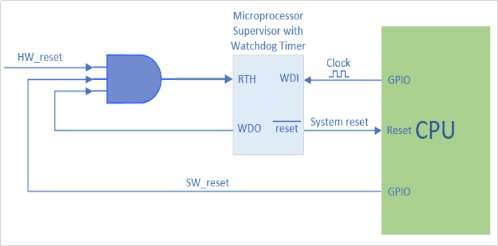
Technical Parameters
| Protocol Support | ||
| ◆ DOCSIS/EuroDOCSIS 1.1/2.0/3.0◆ SNMP v1/v2/v3◆ TR069 | ||
| Connectivity | ||
| RF: MCX1, MCX2 | Two MCX Female, 75 OHM, Straight Angle, DIP | |
| Ethernet Signal/PWR: J1, J2 | 1.27mm 2x17 PCB Stack, Straight Angle, SMD2xGiga Ethernet Ports | |
| RF Downstream | ||
| Frequency (edge-to-edge) | ◆ 88~1002 MHz (DOCSIS)◆ 108~1002 MHz (EuroDOCSIS) | |
| Channel Bandwidth | ◆ 6 MHz (DOCSIS)◆ 8 MHz (EuroDOCSIS)◆ 6/8 MHz (Auto Detection, Hybrid Mode) | |
| Modulation | 64QAM, 256QAM | |
| Data Rate | Up to 400 Mbps by 8 Channel bonding | |
| Signal Level | Docsis: -15 to +15 dBmVEuro Docsis: -17 to +13 dBmV (64QAM); -13 to +17 dBmV (256QAM) | |
| RF Upstream | ||
| Frequency Range | ◆ 5~42 MHz (DOCSIS)◆ 5~65 MHz (EuroDOCSIS)◆ 5~85 MHz (Optional) | |
| Modulation | TDMA: QPSK,8QAM,16QAM,32QAM,64QAMS-CDMA: QPSK,8QAM,16QAM,32QAM,64QAM,128QAM | |
| Data Rate | Up to 108 Mbps by 4 Channel Bonding | |
| RF Output Level | TDMA (32/64 QAM): +17 ~ +57 dBmVTDMA (8/16 QAM): +17 ~ +58 dBmVTDMA (QPSK): +17 ~ +61 dBmVS-CDMA: +17 ~ +56 dBmV | |
| Networking | ||
| Network protocol | IP/TCP/UDP/ARP/ICMP/DHCP/TFTP/SNMP/HTTP/TR069/VPN (L2 and L3) | |
| Routing | DNS / DHCP server / RIP I and II | |
| Internet Sharing | NAT / NAPT / DHCP server / DNS | |
| SNMP version | SNMP v1/v2/v3 | |
| DHCP server | Built-in DHCP server to distribute IP address to CPE by CM’s Ethernet port | |
| DCHP client | CM automatically gets IP and DNS server address from MSO DHCP server | |
| Mechanical | ||
| Dimensions | 56mm (W) x 113mm (L) | |
| Environmental | ||
| Power Input | Support wide power input: +12V to +24V DC | |
| Power Consumption | 12W (Max.)7W (TPY.) | |
| Operating Temperature | Commercial: 0 ~ +70 oC Industrial: -40 ~ +85 oC | |
| Operating Humidity | 10~90% (Non Condensing) | |
| Storage Temperature | -40 ~ +85 oC | |
Board-to-Board Connectors between Digital and CM Board
There’re two boards: Digital board and CM Board, which use four pairs of board-to-board connectors to transmit RF signals, Digital signals and power.
Two pairs of MCX connectors used for DOCSIS Downstream and Upstream RF Signals. Two pairs of Pin Header/PCB Socket used for Digital Signals and Power. CM board is placed under the Digital Board. CM’s CPU is contacted to the housing through thermal pad to transfer the heat away from CPU and towards the housing and environment.
The mated height between two boards is 11.4+/-0.1mm.
Here’s the illustration of matched board-to-board connection:
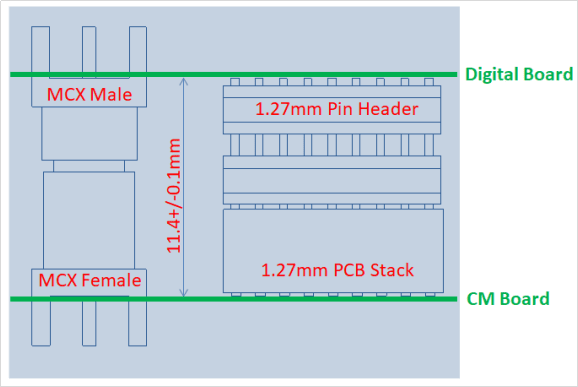
Note:
Cause of Board-to-Board design for two PCBA Boards, in order to make sure stable and reliable connection, therefore, when
To design the Housing, it should be taken the assembly engineering and screws for fix into consideration.
MCX1, MCX2: 75 OHM, Female, Straight Angle, DIP
MCX1: DS
MCX2: US
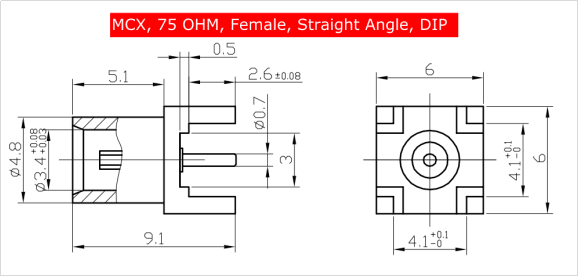
Matched MCX Male: 75 OHM, Male, Straight Angle, DIP
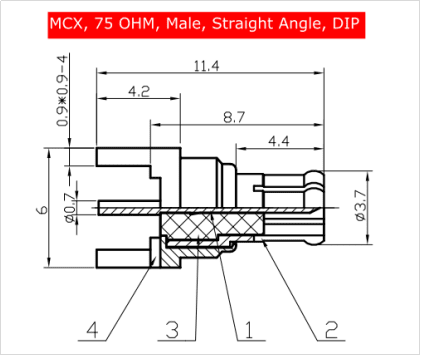
J1, J2: 2.0mm 2x7 PCB Socket, Straight Angle, SMD
J1: Pin Definition (Preliminary)
|
J1 Pin |
CM Board |
Digital Board |
Comments |
|
1 |
GND |
||
|
2 |
GND |
||
|
3 |
TR1+ |
Giga Ethernet Signals from CM board. There's NO Ethernet transformer on the CM board, here're Only the Ethernet MDI Signals to Digital Board. RJ45 and Ethernet transformer are placed at Digital Board. |
|
|
4 |
TR1- |
||
|
5 |
TR2+ |
||
|
6 |
TR2- |
||
|
7 |
TR3+ |
||
|
8 |
TR3- |
||
|
9 |
TR4+ |
||
|
10 |
TR4- |
||
|
11 |
GND |
||
|
12 |
GND |
||
|
13 |
GND |
Digital board provides Power to CM board, the power level range is; +12 to +24V DC | |
|
14 |
GND |
J2: Pin Definition (Preliminary)
|
J2 Pin |
CM Board |
Digital Board |
Comments |
|
1 |
GND |
||
|
2 |
Reset |
Digital board can send a reset signal to CM board, then to reset the CM. 0 ~ 3.3VDC | |
|
3 |
GPIO_01 |
0 ~ 3.3VDC | |
|
4 |
GPIO_02 |
0 ~ 3.3VDC | |
|
5 |
UART Enable |
0 ~ 3.3VDC | |
|
6 |
UART Transmit |
0 ~ 3.3VDC | |
|
7 |
UART Receive |
0 ~ 3.3VDC | |
|
8 |
GND |
||
|
9 |
GND |
0 ~ 3.3VDC | |
|
10 |
SPI MOSI |
0 ~ 3.3VDC | |
|
11 |
SPI CLOCK |
0 ~ 3.3VDC | |
|
12 |
SPI MISO |
0 ~ 3.3VDC | |
|
13 |
SPI Chip Select 1 |
0 ~ 3.3VDC | |
|
14 |
GND |
PCB Dimension
